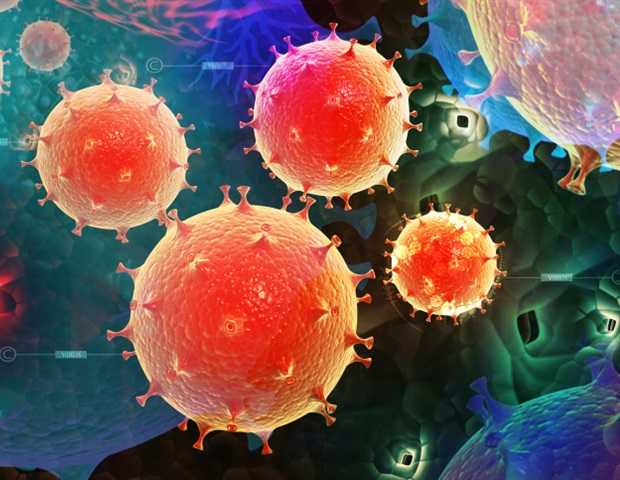Many important drugs, such as antibiotics and cancer medications, are derived from natural products produced by bacteria. The enzyme complexes that produce these active ingredients are modular in structure, making them ideal tools for synthetic biology. By studying protein evolution, a team led by Helge Bode from the Max Planck Institute for Terrestrial Microbiology in Marburg has discovered new „fusion sites“ that enable faster and more targeted drug development.
The industry often follows an assembly line principle: components are systematically assembled into complex products, with different production lines producing different products. However, the true inventor of this principle is not humans, but bacteria. Non-ribosomal peptide synthetases (NRPS) are bacterial enzymes that, like assembly lines, produce a vast array of natural products. They enable bacteria to survive in diverse natural habitats. Humans have greatly benefited from these enzyme complexes, as they are the origin of many important drugs such as antibiotics.
A Variety of Enzyme Variants Lead to a Diversity of Natural Compounds
The research group led by Helge Bode at the Max Planck Institute for Terrestrial Microbiology in Marburg is exploring the use of these enzyme systems for targeted drug production in the laboratory. The researchers modify parts of the enzymes and thus the functional properties of the entire enzyme complexes (NRPS Engineering) to produce products with new properties. Although this concept has been pursued for several years, it has not worked as expected. „We have realized that there is a great opportunity to take nature as a model. When we understand the natural processes, we will know which areas of the enzyme are best suited for the NRPS technique,“ explains Kenan Bozhüyük.
Recombination Inspired by Nature
To find out which subunits of the enzyme work particularly well together, the team focused on the question: What positions does evolution itself take to establish or modify the new „assembly lines“ for the production of the required active ingredients? Together with the group of Georg Hochberg from the Max Planck Institute for Terrestrial Microbiology and Michael Groll (from the Technical University of Munich), the team searched for „hotspots“ of natural recombination.
We analyzed several tens of thousands of enzymes bioinformatically and then combined the analysis with laboratory experiments to verify the predicted target sites.“
Leonard Präve and Carsten Kegler, First Authors
Indeed, the team has discovered a new „fusion point“ for the targeted production of functional NRPS hybrids. They even managed to combine NRPS sequences from completely different organisms such as bacteria and fungi.
Subsequently, the researchers tested their new insights in a medical context: they constructed a new pharmacologically active peptide. The comprehensive study demonstrates the great potential of bacterial natural products as a basis for new drugs.
The Goal is to Develop Customized Medications
The team’s concept combines synthetic biology with high-throughput methods necessary to discover biologically active compounds faster and more cost-effectively. In this way, the researchers aim to develop customized biological drugs with improved therapeutic properties – which is becoming increasingly important due to the rising problem of drug resistance and drug intolerance.
Source:
Journal Reference:
Bozhüyük, KAJ, et al. (2024) Evolution-Inspired Engineering of Non-Ribosomal Peptide Synthetases. Science. doi.org/10.1126/science.adg4320.


